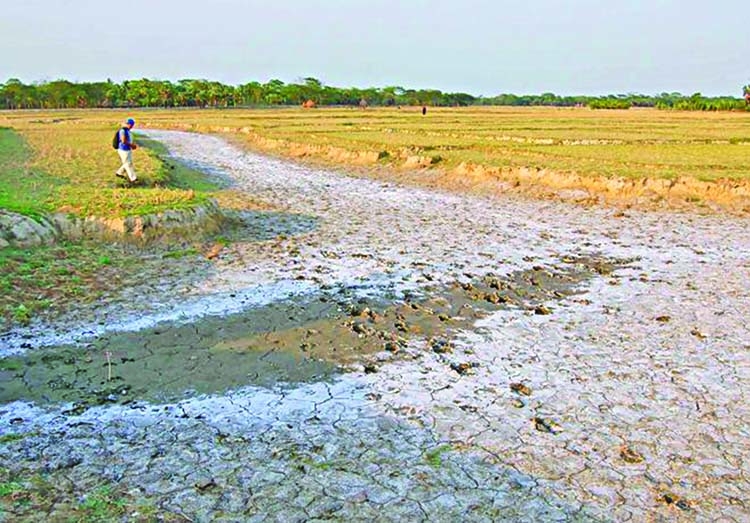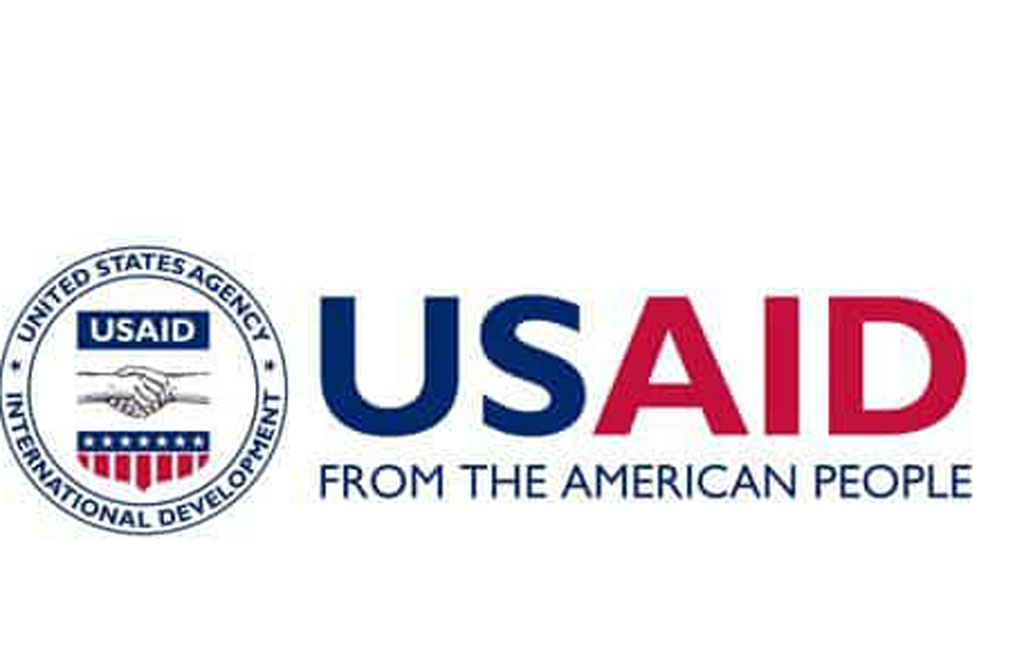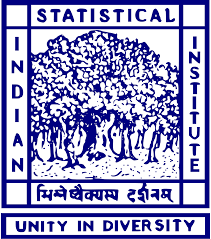Project Title: Adaptation at Scale: How Salinity Intrusion is Causing Adaptation through Land Consolidation in Bangladesh
Donor: IGC
Contact Person & Organization: ECONS BANGLADESH
Project Timeline: 2022
Project Description:
A major threat posed by global warming is the rise of sea level and the resulting damages due to the soil salinity intrusion in the coastal agricultural lands across the world, particularly in Bangladesh. One view is that the damages from the sea-level rise to the coastal agricultural sector would be substantially mitigated through reallocation of lands according to evolving comparative advantage (Costinot et al. 2016). Indeed, farmers in the coastal areas of Bangladesh are adapting to salinity intrusion by reallocating their lands from crop farming to the cultivation of shrimp, crabs, and different saline resistant species of fishes. If this reallocation process is frictionless we would expect to find limited impact of salinity intrusion on agricultural productivity.
One potential barrier to adaptation is that the agricultural land ownerships are highly fragmented in the developing countries and that there are much higher scale economies in aquaculture relative to crop farming. Hence, farmers would only be able to do aquaculture at a profitable scale if there were substantial consolidation of lands. This constraint wouldn’t matter if the land market were functioning. Since there are heterogeneity in farmers’ ability to do aquaculture, with a functioning land market, those with comparative advantage to do aquaculture can rent-in/purchase lands from other farmers to consolidate lands and do aquaculture at scale.
Nonetheless, there are well known cultural, economic, and legal barriers to the functioning of land markets in the developing countries. These land market frictions result in a suboptimal level of land reallocation in turn causing an adverse impact of soil salinity intrusion on agricultural productivity. Hence, it is extremely crucial for the policymakers to know the extent to which farmers can adapt to soil salinity intrusion by consolidating land in practice in the midst of such rigidities.
The objectives of the project are:
• Inclusion and exclusion criteria for enrollment: Since the objective of this study is to analyze the land use decisions of the farmers, we will select households with at least some operated lands. We won’t have any other inclusion or exclusion criteria for selecting the sample of this study.
• Rationale for excluding children: Since the objective of the study is to analyze land use decisions of the households, we won’t include children in our survey.
• Special subject population: All the study participants will be Bengali speakers. Since 100 percent of the inhabitants of the study location speak Bengali, we had no other choice. All the surveyors and field staffs of this study will be native Bengali speaker. Furthermore, we will use Bengali translation of the consent form to make sure that the potential participants understand the objective and content of the survey and make an informed decision on whether to participate.
Research Design & Sample Size:
Location(s) where recruitment will take place: The study sample will be recruited from three coastal districts of Bangladesh: Khulna, Satkhira, and Bagerhat. These are also the three most soil salinity affected districts of the country.
Method of recruitment: We will target 175 PSUs from the southern part of the three districts: Khulna, Satkhira, and Bagerhat. We will use the sampling frame of Bangladesh Agricultural Census of 2008 to identify households with at least some agricultural land under operation. Out of those households, we will randomly select 20 households from each PSU. Our survey team will approach these households and read out the consent form verbatim to find out if the households are willing to participate in the survey.
Sample: We will select 175 primary sampling units (PSU) from the government census sampling frame. From each PSU we will randomly select 20 household resulting in a total sample of 3500 households.
Results & Policy Lessons:
Not yet completed.

























